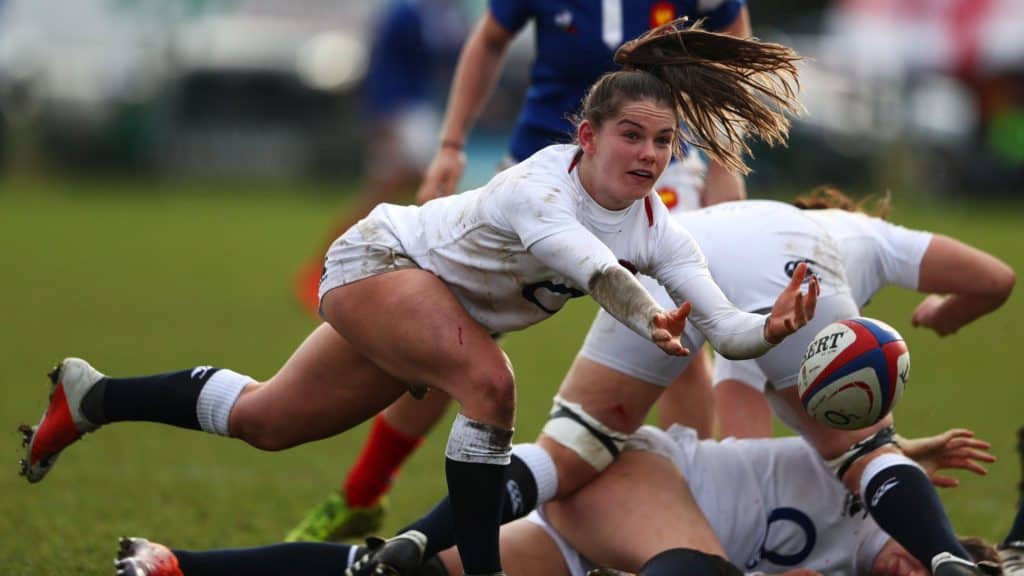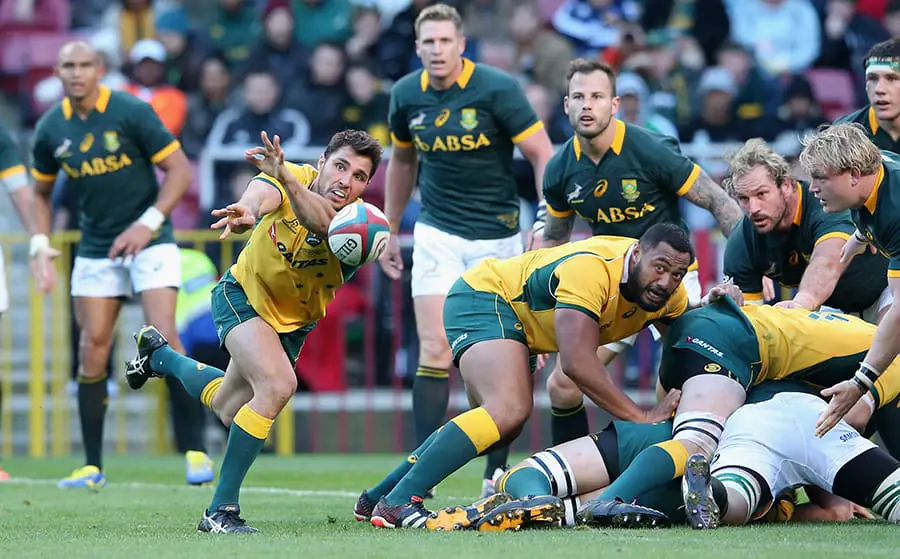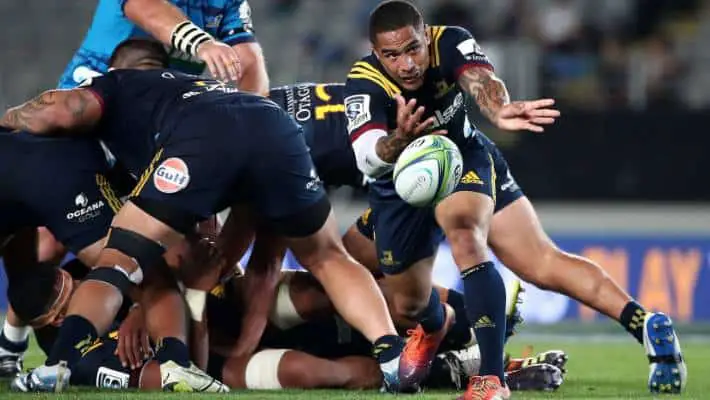
Rugby is a game for all shapes and sizes. There are locks who are colossal giants, props who are built like fridges, wingers that resemble sprinters and scrum halves are by far the shortest players on a rugby field. Each position in rugby has its own specialised role and certain physical characteristics are better suited to particular positions. It is time to study the role of a scrum half in a rugby match.
What do scrum halves do?
Scrum halves’ primary role is to pick the ball up from the ruck in attack and pass it to either ball running forwards or to their five eighth. Scrum halves organise the ruck both in attack and defense and provide a communication link between the backs and the forwards. Scrum halves also feed ball at scrum time and kick for touch from the ruck.

If five eighths are generals than scrum halves are sergeants. They are on the front lines with the forwards motivating and directing action at the ruck. They decide when the forwards pick up the ball and when the forwards take a hit up.
As they are standing right next to the ruck they have a great view of what is happening in the forwards and are able to give out key instructions and motivate. They are in charge of organising the attack until the five eighth makes the call and demands the ball.
Once the five eighth signals to his scrum half that he wants the ball the scrum half is obligated to pass the ball out to his backline. If the scrum half senses there is opportunity to score a try by passing the ball wide to his backline he won’t wait for a call from the five eighth and will instead take initiative and quickly pass the ball.
Scrum halves are expected to follow the ball the entire game. They are expected to reach every ruck and be in position to quickly pick the ball up at the base of the ruck and either pass it either to their five eighth or eager forwards looking to take a hit up and cross the advantage line.
They seldom run with the ball but if they see an opportunity they will occasionally have a dart from the back of the ruck. This at times can be highly effective as they catch a few tired forwards by surprise leading to big line breaks and the odd try.
Another important job performed by scrum halves is feeding the ball into the scrum. Once the forwards bind and hit it is the scrum halves job to put the ball into the tunnel of the scrum. They must feed the ball straight otherwise they face being penalised.
Once the scrum half has fed the ball into the scrum they will run around to the back of the scrum and wait until the ball emerges. Once the ball hits the number 8’s legs they will pick it up and pass the ball typically to their five eighth.

As scrum halves constantly need to be next to the ball ready to pick it up, they run the furthest distance of any rugby players. The average scrum half will run over 6km per game.
Scrum halves are often the fittest players on the rugby field as they are required to do so much high pace running for the whole match. Scrum halves don’t have the luxury of resting as some other players do and they can’t afford to get out of position even for a phase or two as their role is so critical.
Due to the fact that scrum halves are always bending down and passing the ball off the ground, excess height is a disadvantage. Scrum halves need to be able to quickly squat down and pass the ball rapidly from the ground. The average scrum half is by far the shortest player on the rugby field standing at 5ft 7.
Scrum halves are towered over by their teammates who on average are 6ft 1 with locks on average standing at 6ft 6. Scrum half is one of the few positions in rugby where being short is an advantage.
In defense a scrum halves will typically defend around the ruck or push out and defend in the five eighth’s channel. Where they defend depends on their tackling ability, size and their coach’s preference. If a scrum half is a liability in defense they sometimes will even defend on the wings.
Most scrum halves will defend around the ruck and occasionally shift wider to wear the five eighth stands to help support the backline as it gives them an extra defensive player and allows them to play a difficult to break sliding defense.
Despite their size scrum halves are often fierce tacklers and have no issue taking on big hard ball running props. They will often use great low tackling technique to bring down forwards that often outweigh them by 15kg to 20kg.

The modern scrum half is also expected to be a strong territorial kicker. Many scrum halves have mastered the art of the box kick. Which is the scrum half will pick the ball from the base of the ruck, then take a step back and kick the ball over their head.
This is a very difficult kicking technique and it can go horribly wrong if performed incorrectly. Many failed box kicks have struggled to clear the ruck or have simply headed straight into touch on the full.
Despite the difficulty of performing a box kick top scrum halves are able to launch the ball high above the ruck and send it 20m to 30m down the field and win key territory for their side. Box kicks can be effective because they can catch the opposition side unaware who may be expecting the scrum half to pass the ball.
The kick can take advantage of the opposition side being out of position and either regather the kicked ball or force a turnover by isolating a covering winger or full back.

Scrum halves’ critical role is to follow the ball and pass it off the ground from the base of the ruck to either their forwards or five eighths. Scrum halves organise the ruck and are in charge of motivating and determining where the forwards stand.
In defense scrum halves will defend either around the ruck with the forwards or shift wider and defend near the five eighth. Scrum halves are also expected to be strong kickers with many having mastered the infamous box kick.
